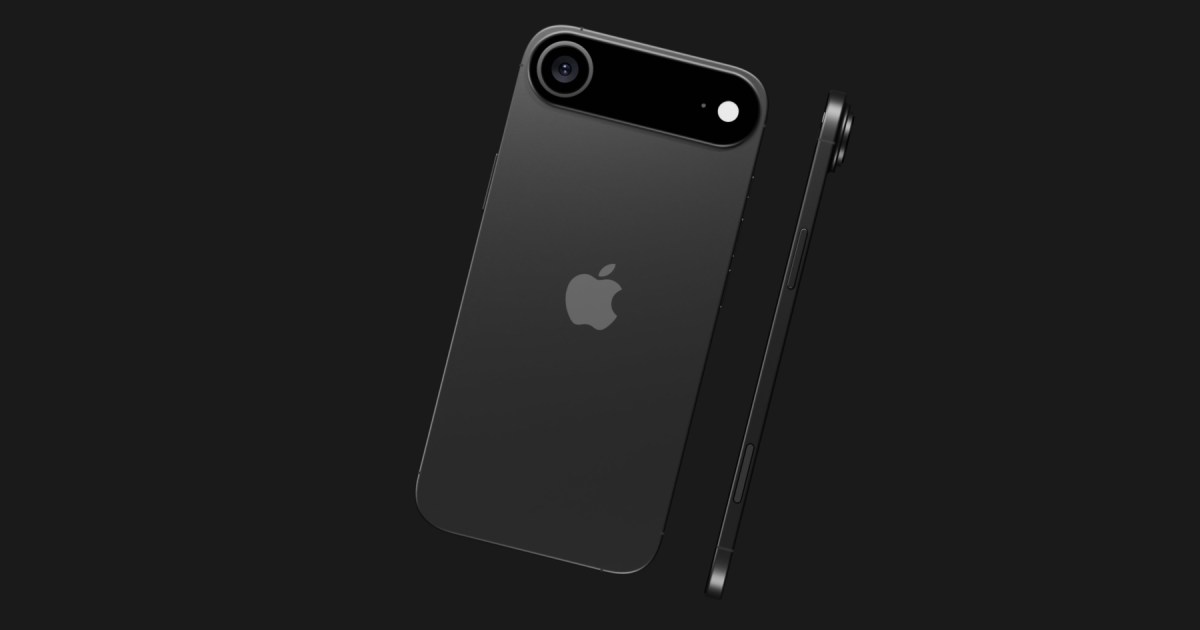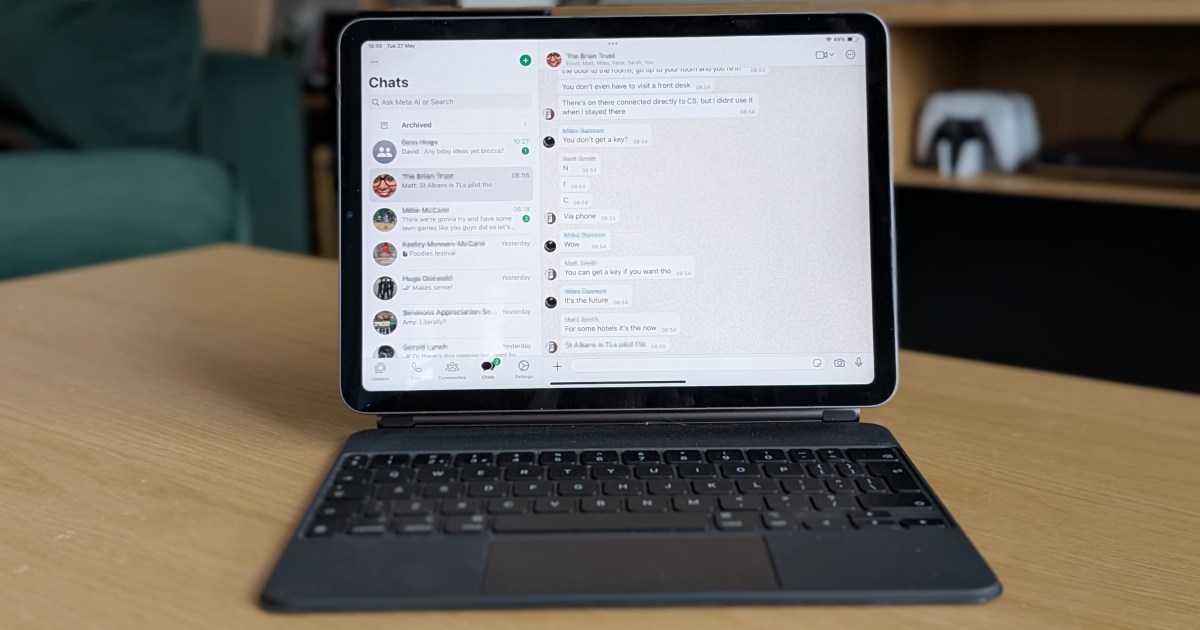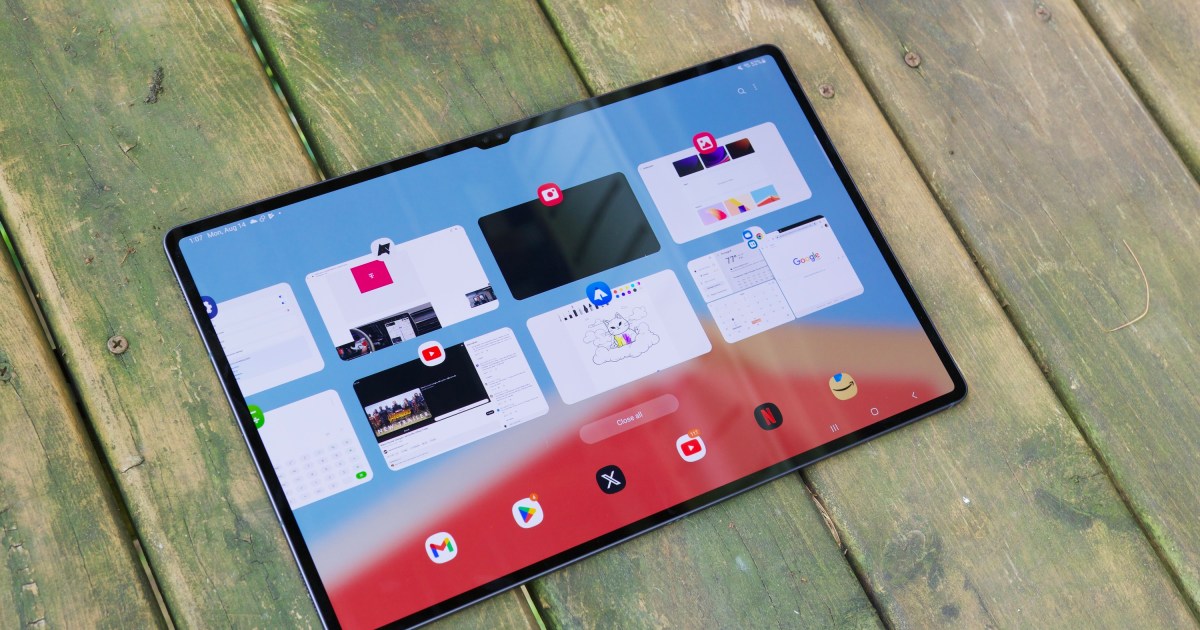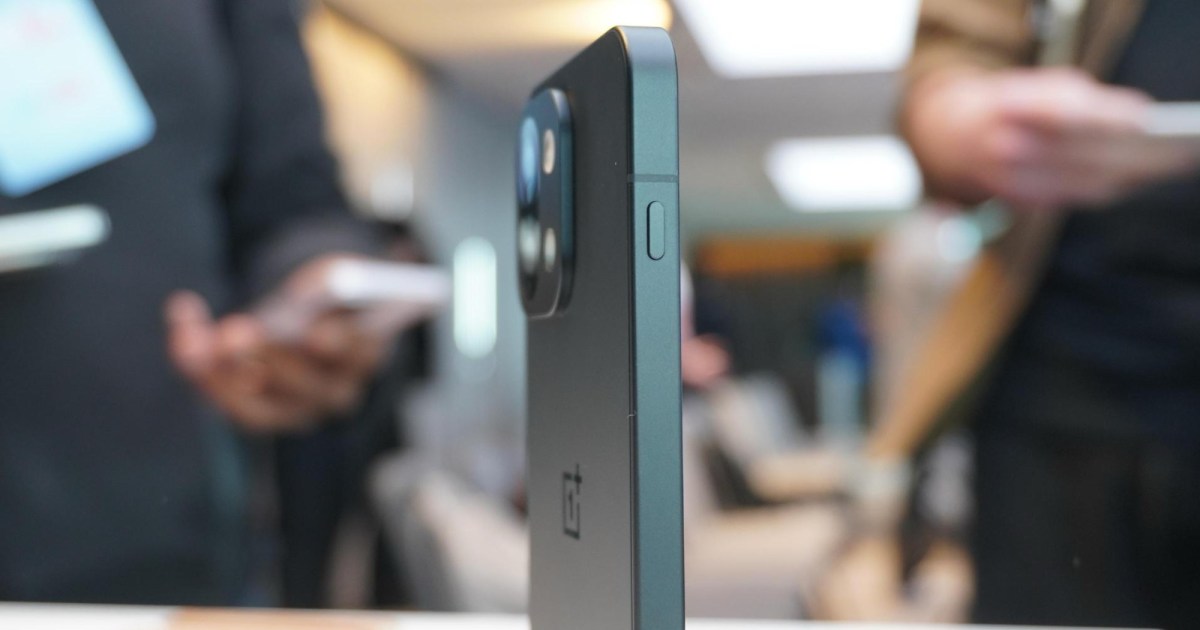The Apple iPhone 17 must deliver a substantial upgrade to maintain its status as a leading smartphone choice into 2025 and 2026. The sheer variety in hardware, specifications, and design within the Android ecosystem increasingly threatens to diminish its allure. For us to continue recommending it, what crucial improvements does Apple need to incorporate into the iPhone 17 series this year? Here are five essential features and changes the iPhone 17 needs to become a truly compelling upgrade.
All iPhone 17 Models Need a 120Hz, Always-On Screen
Apple made a strategic error by not equipping all iPhone 16 models with the 120Hz ProMotion, always-on display. This omission is glaring because a high refresh rate screen is now a standard feature on nearly every Android phone available, making Apple appear out of touch by reserving it for non-Pro iPhones. What’s most frustrating is that Apple’s always-on screen is among the best available, and more users should have the opportunity to experience its benefits.
From its intelligent adaptation of your wallpaper and streamlined notification categorization to its ability to display live data from apps, the always-on screen is both informative and visually appealing. The 120Hz ProMotion feature itself is superb; unlike many Android counterparts, it’s exceedingly rare to notice any jarring adjustments to a lower refresh rate for battery conservation. It’s imperative that all iPhone 17 models feature the 120Hz, always-on screen. Even if Apple slightly modifies its features or appearance for the standard models—should it feel compelled to use this as an upsell to Pro versions—the core technology must be universally available.
[internal_links]
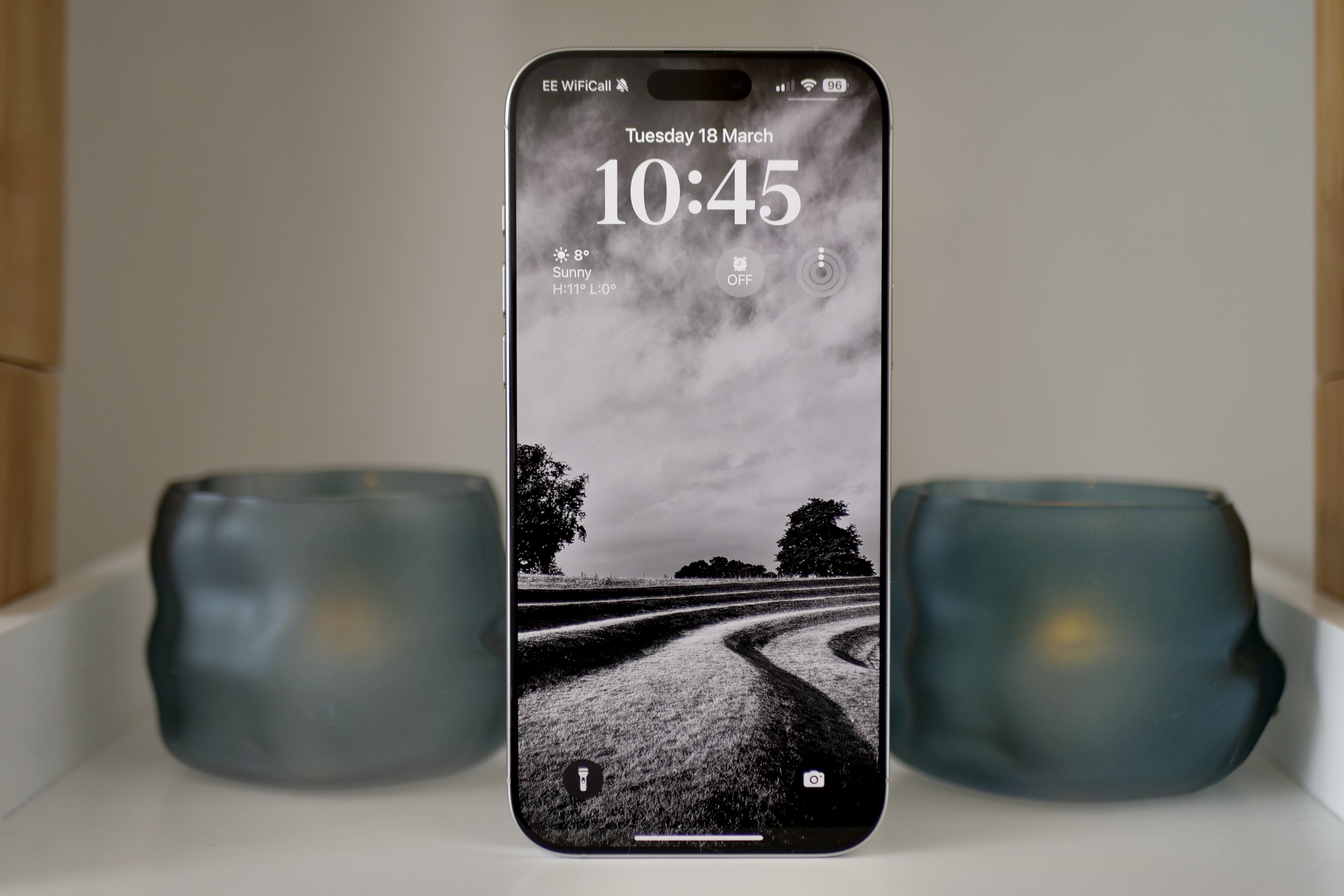 Apple iPhone display highlighting the need for 120Hz ProMotion on all iPhone 17 models.
Apple iPhone display highlighting the need for 120Hz ProMotion on all iPhone 17 models.
Battery Innovation is Crucial
While the iPhone 16 series already offers commendable battery life, the desire for longer-lasting phone batteries without compromising device size or weight is universal. This is a challenge Android device manufacturers are beginning to address with the introduction of silicon-carbon batteries, which offer higher capacity cells without the necessity of a significantly larger physical footprint.
The iPhone 17 series presents a prime opportunity for Apple to truly lead in mobile battery technology, building upon the foundations laid with the iPhone 16 and iOS 18. Whether this involves silicon anode batteries, new graphite battery formulations, or another emergent technology, a breakthrough is needed. The key is to demonstrate a noticeable increase in battery life for the average user and then to articulate this advantage more effectively than Android brands. Given Apple’s proficiency in crafting compelling narratives, this should be achievable.
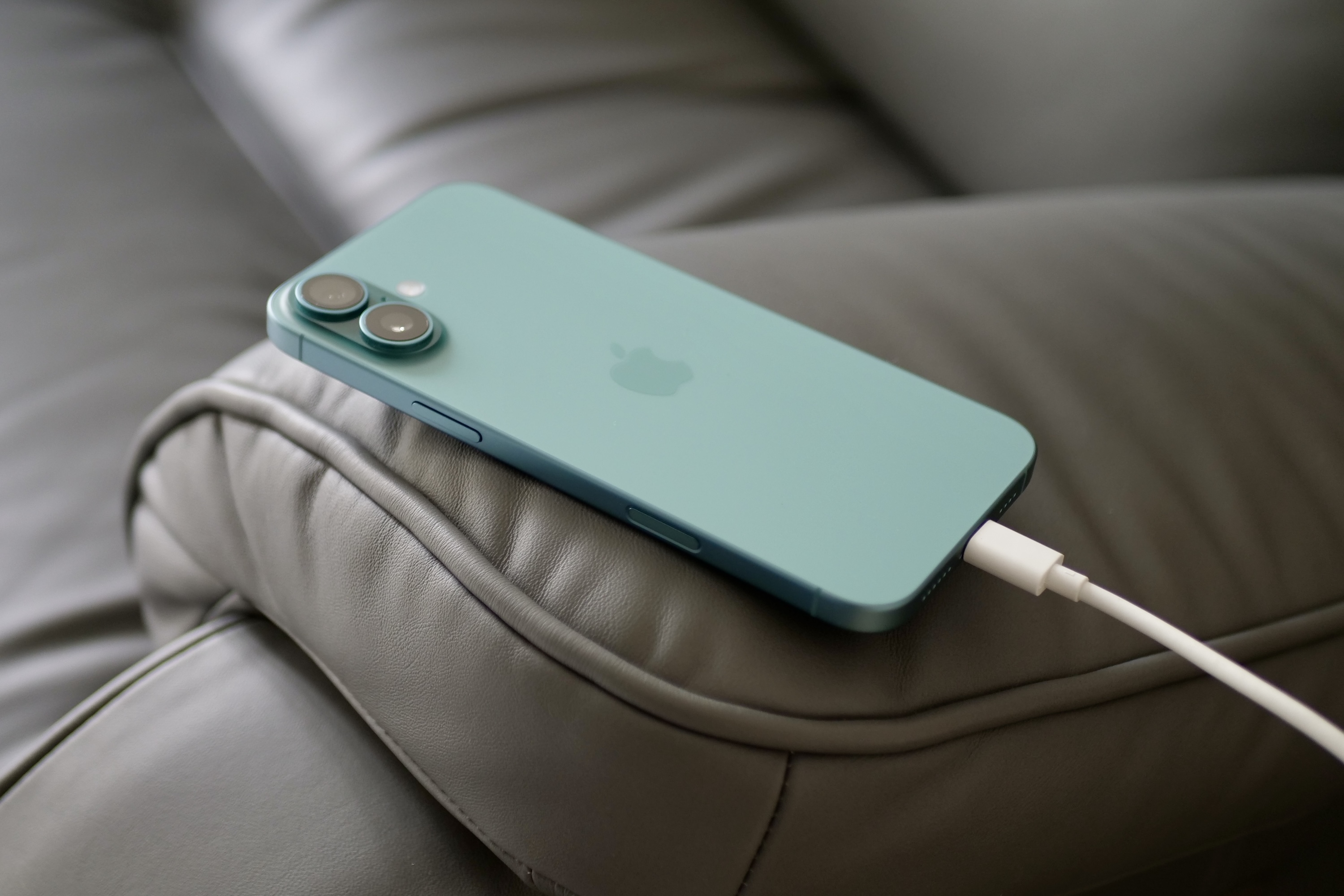 iPhone 16 Plus charging, emphasizing the demand for battery innovation in the upcoming iPhone 17 series.
iPhone 16 Plus charging, emphasizing the demand for battery innovation in the upcoming iPhone 17 series.
Make Me Care About Apple Intelligence
Artificial Intelligence (AI) has become ubiquitous, embedded in nearly every smartphone launched over the past few years. However, the features offered are often very similar and not always ones that people will use regularly. Apple Intelligence, following a somewhat hesitant rollout, is now largely available on compatible iPhone models in most regions. With the arrival of the iPhone 17 and, presumably, iOS 19, Apple must compellingly explain why users should care about Apple Intelligence.
Samsung, for instance, makes a significant effort to showcase how Galaxy AI, particularly features like Now Brief, can simplify users’ lives. Whether it consistently delivers on this promise is secondary to the impression it creates: that its AI features do something tangible. It remains unclear what Apple Intelligence offers that is distinctly different or superior to other mobile AI suites, how Siri integrates into this model, and why someone should choose an iPhone specifically for its AI capabilities. Apple is a master at taking features that other manufacturers struggle to market effectively and transforming them into must-haves. Apple Intelligence is such a feature, but its benefits have not yet been effectively communicated, and we’ve yet to see an AI tool or feature that resonates universally, with users understanding how it fits into their daily lives. When the iPhone 17 is introduced, Apple Intelligence will undoubtedly be a central theme. Apple’s task is to show and tell us precisely why we should care.
[internal_links]
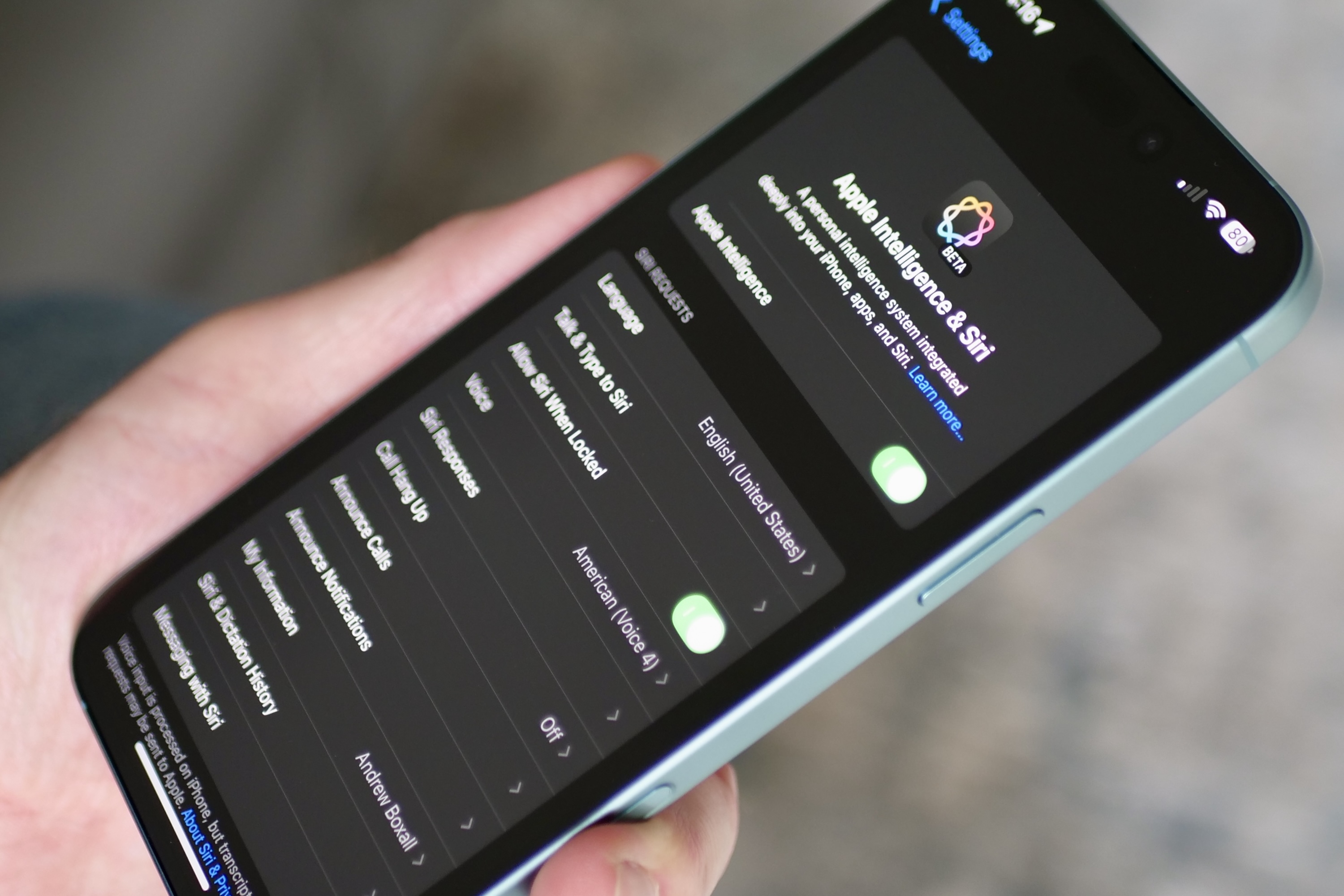 Visual representation of Apple Intelligence on an iPhone, underscoring the need for clear user benefits with iPhone 17.
Visual representation of Apple Intelligence on an iPhone, underscoring the need for clear user benefits with iPhone 17.
Slim Down All the iPhone 17 Phones
The iPhone 17 Air is one of the rumored models Apple might introduce, and after experiencing devices like the Samsung Galaxy S25 Edge, our anticipation for it has only grown. However, while a new, thinner iPhone model would be welcome, Apple could truly leap ahead of the competition by reducing the thickness and weight across the entire iPhone 17 range. This could be achieved by applying technologies and design principles learned from the Air model, rather than confining them to a single, specialized device.
What we’re looking for is for the iPhone 17 to be suitably different from its competitors and for Apple to stand out once again, after several years of iPhone models that look and feel very similar. The iPhone 17 Air should represent a significant step in the right direction, but Apple would garner more attention and acclaim by implementing similar design philosophies, perhaps more modestly, across the rest of the series. The goal should be to make all iPhone 17 models look and feel substantially different from their predecessors, not just one exclusive variant.
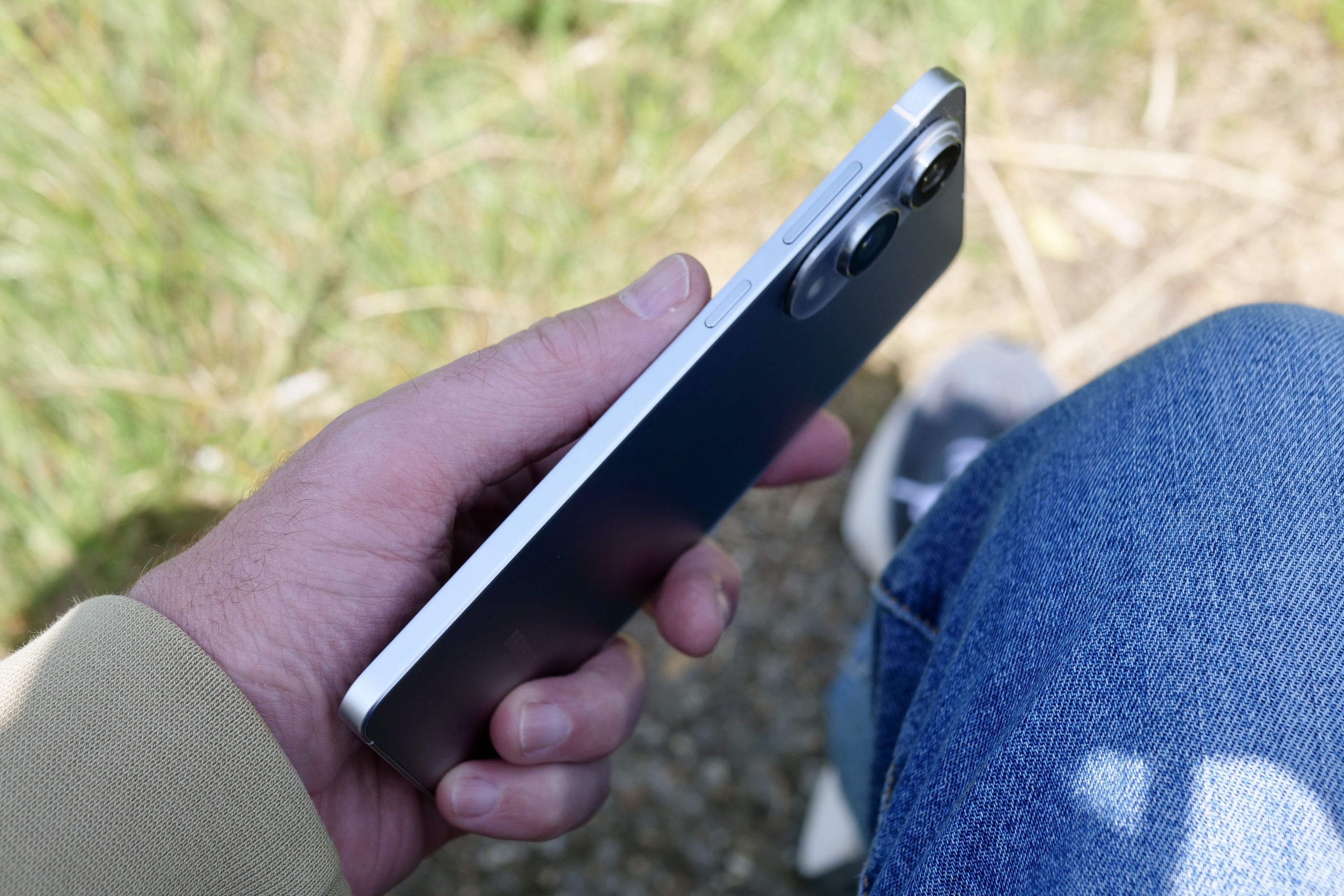 Hand holding a slim Samsung Galaxy S25 Edge, illustrating the design trend Apple could adopt for a thinner iPhone 17 range.
Hand holding a slim Samsung Galaxy S25 Edge, illustrating the design trend Apple could adopt for a thinner iPhone 17 range.
Be Careful with the iPhone 17’s Price
Our final point is, regrettably, the one least likely to materialize. For the past few years, Apple has maintained the pricing of its iPhone models, while other brands like Samsung have implemented price increases. Coupled with the iPhone’s strong residual value, this consistent pricing has made upgrading less of a major financial deliberation for many, even if the hardware improvements weren’t always monumental.
There’s a considerable chance the iPhone 17 will be more expensive than the iPhone 16 series. This could be due to increased production costs, the integration of new technologies, and the impact of tariffs introduced by the U.S. government. Any price increase will prompt potential upgraders to think twice. It might also lead newcomers to scrutinize the best new phones from competitors more closely when it’s time to purchase. Even though Apple has resisted price hikes for several years, if the iPhone 17 costs more than the iPhone 16, it will undoubtedly generate negative headlines and reinforce the perception (among mainstream consumers outside the tech bubble) of being the “expensive” option. A higher price will negatively affect new sales and upgrades. If at all possible, Apple needs to keep any increases minimal or avoid them entirely.
[internal_links]
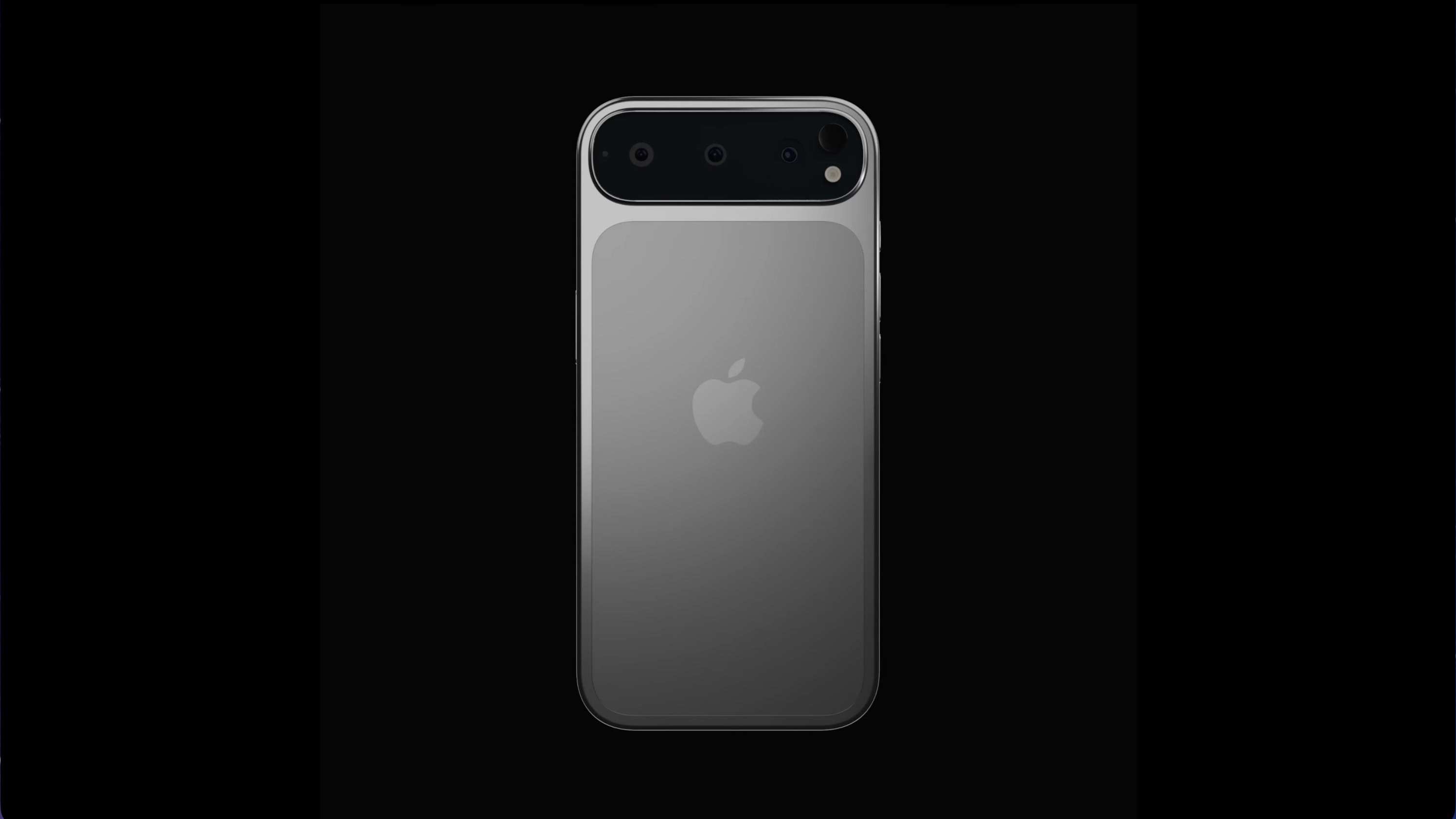 Leaked render of iPhone 17 Pro Max rear, prompting discussion on potential pricing strategies for the new series.
Leaked render of iPhone 17 Pro Max rear, prompting discussion on potential pricing strategies for the new series.
Will Any of It Happen?
The good news is that these suggestions are not unreasonable. Almost everything listed has already been linked to the iPhone 17 through various rumors and industry speculation. All that’s required is for Apple to follow through when the iPhone 17 arrives. If they do, we could witness one of the most exciting and compelling new iPhone announcements in years.
Apple is anticipated to announce the iPhone 17 series later this year, with September or October being the likely timeframe based on previous launch events. We expect to learn more about iOS 19 during WWDC 2025 in June, and the software will see its full public release alongside the iPhone 17.



